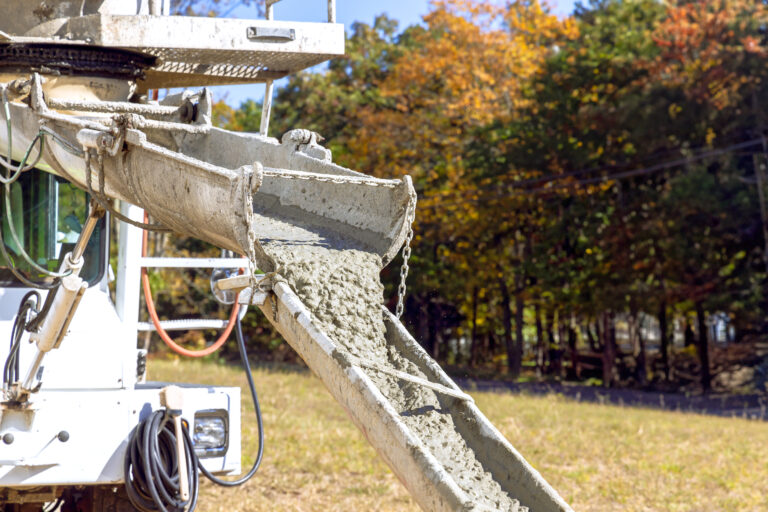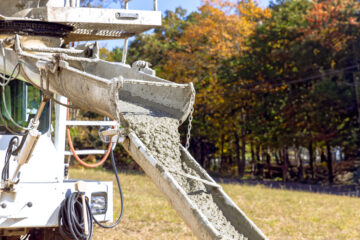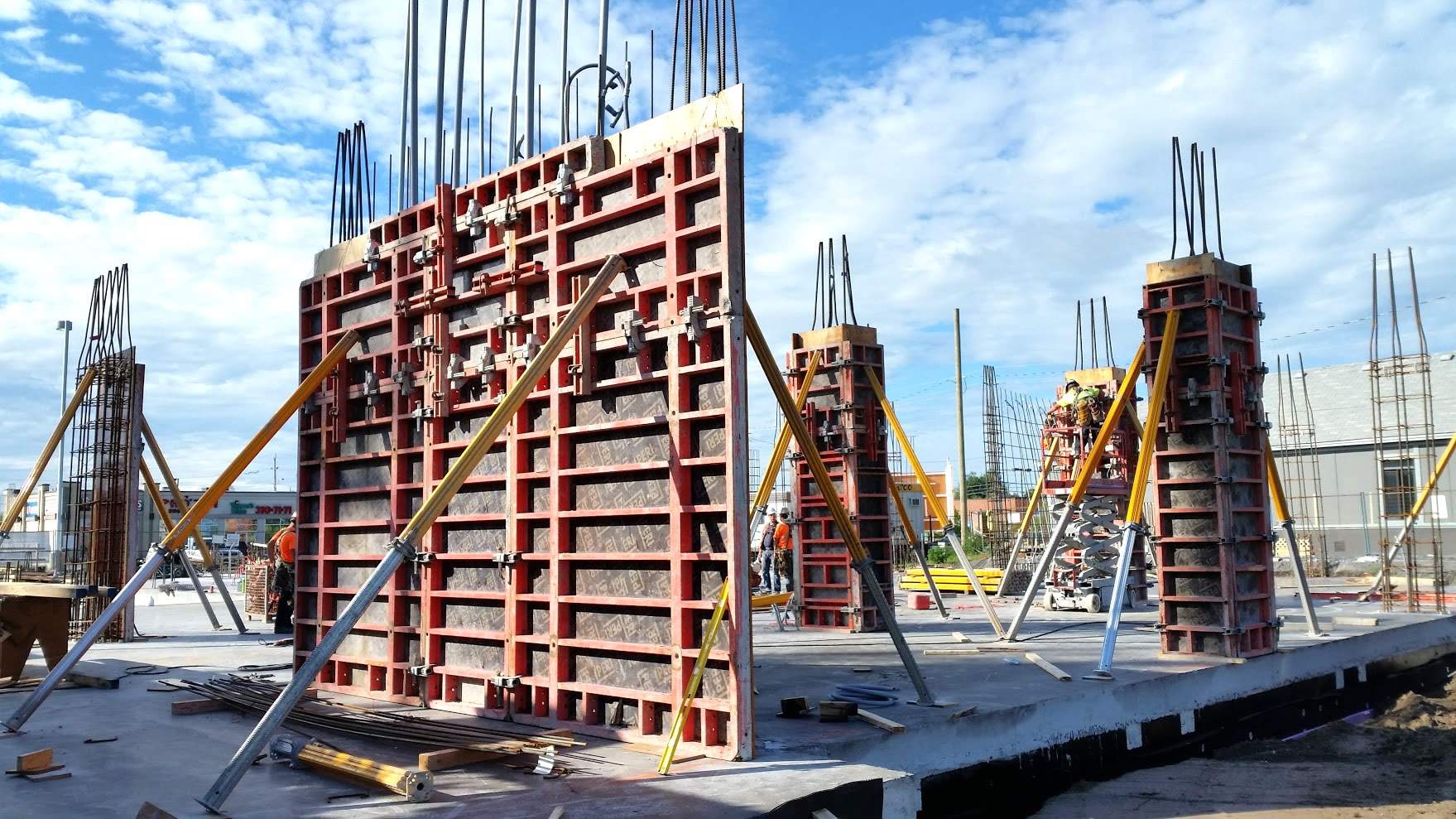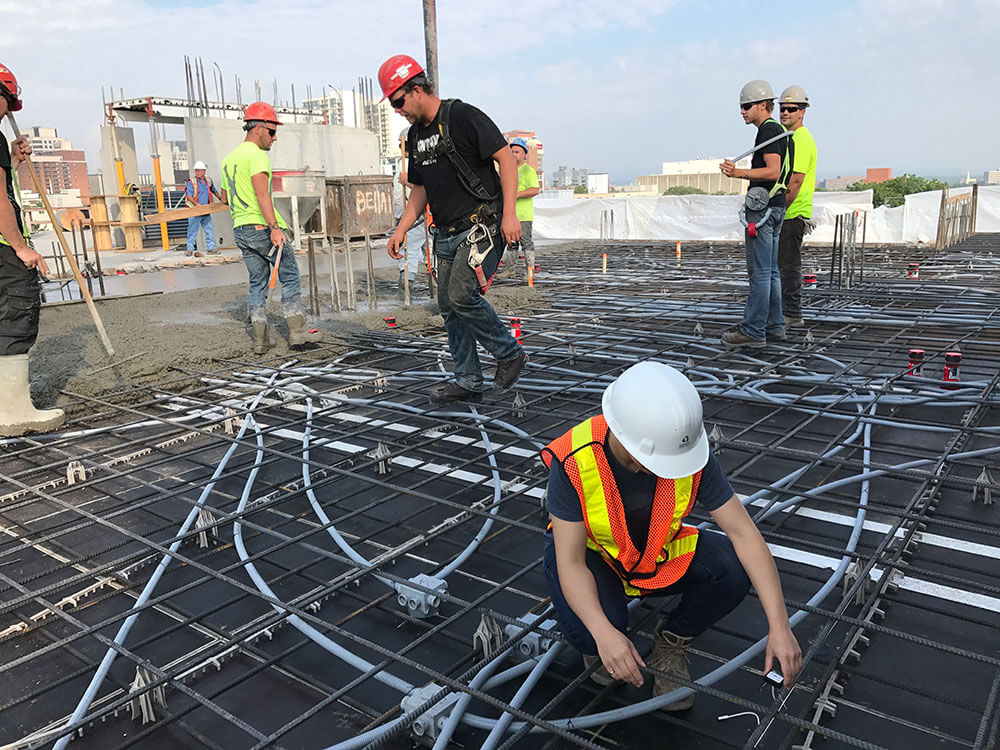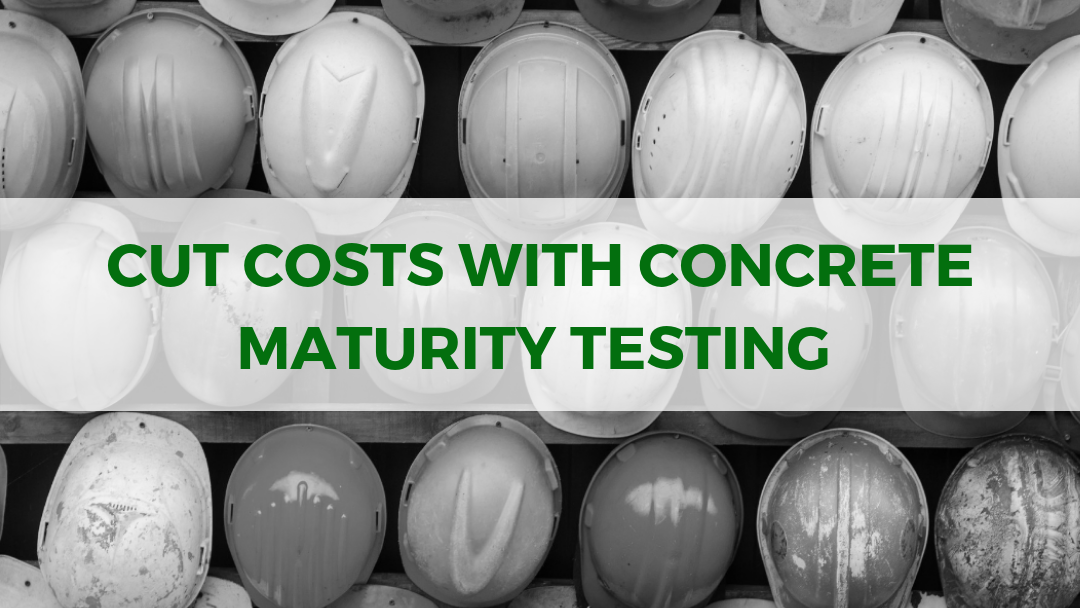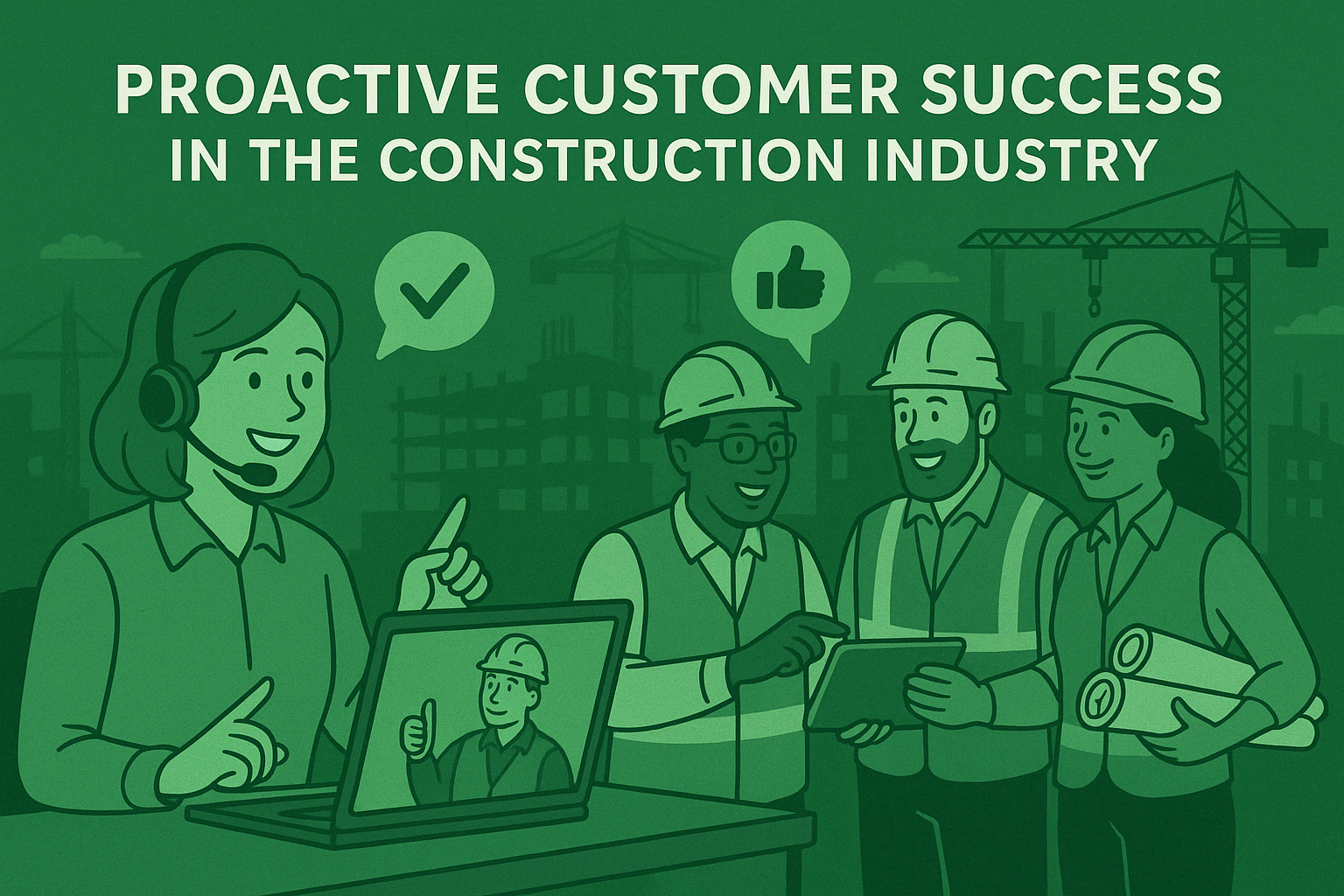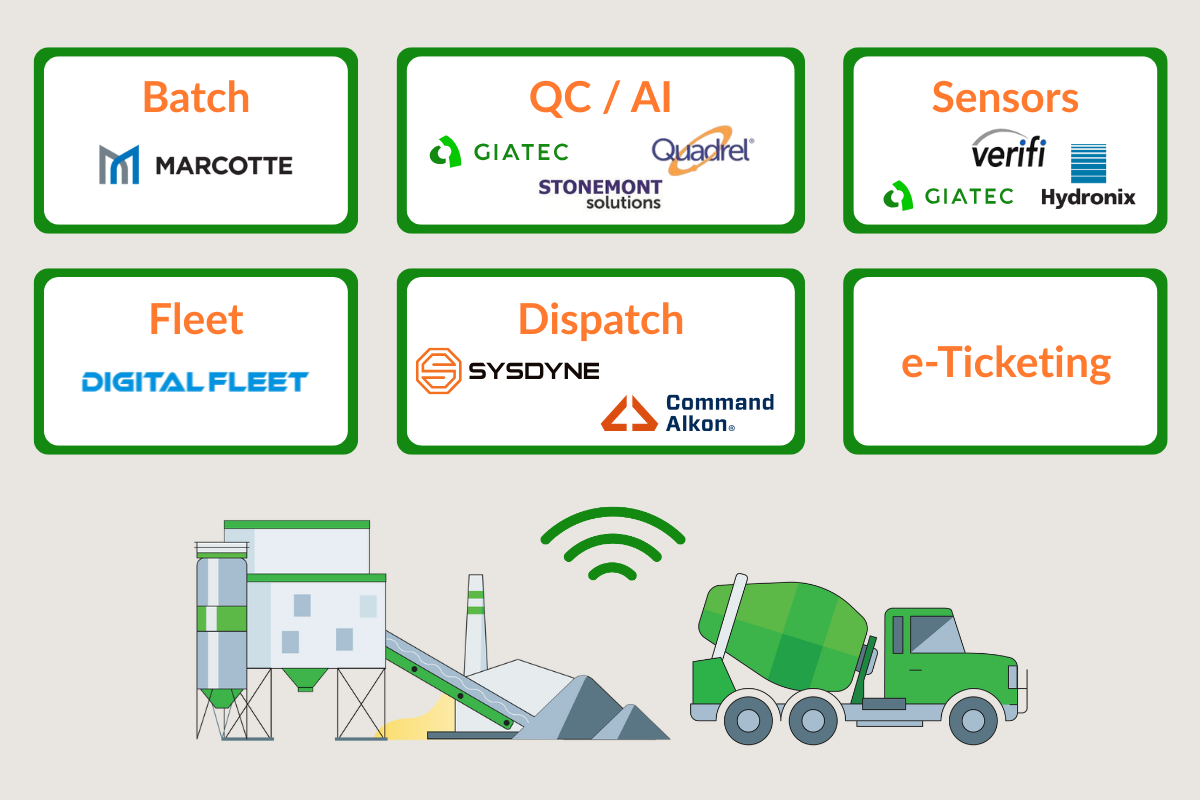Material costs account for approximately 56% of total production costs in the concrete ready-mix industry, as shown in the NRMCA Performance Benchmarking Survey. Key material inputs include cement, aggregates, admixtures, and supplementary materials like fly ash or slag. The volatility in prices of these inputs can significantly impact the cost structure, and thus, the net profit margin of producers.
Explore 12 Futuristic Technology Trends Solving Concrete's Biggest Challenges.
Rising Material Costs
According to NRMCA’s latest State of the Industry report, between 2019 and 2023, material costs increased by 35%, with cementitious materials rising by 38% and aggregates by 31%. This surge, driven by global supply chain challenges and inflationary pressures, highlights the urgency for efficient material management.
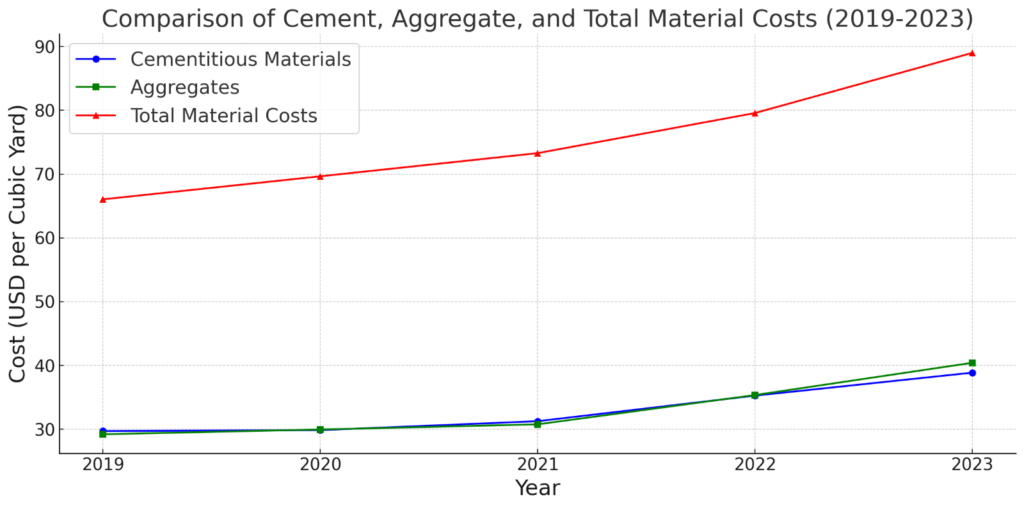
Material Margins and Profitability
The material margin—the difference between revenue and material costs—was identified as the primary driver of profitability for top quartile producers. In 2023, top-performing companies achieved a material margin of $84.43 per cubic yard, compared to $58.63 for bottom quartile performers, underscoring the impact of effective cost management.
The Impact of Optimizing Material Costs on Profitability
Increased Profit Per Yard
In 2023, the industry average profit before tax per cubic yard was $14.59, with top quartile companies reaching $29.39. These top performers achieved a 19% higher material margin than the industry average, illustrating the direct link between material cost efficiency and profitability, according to NRMCA’s latest State of the Industry report.
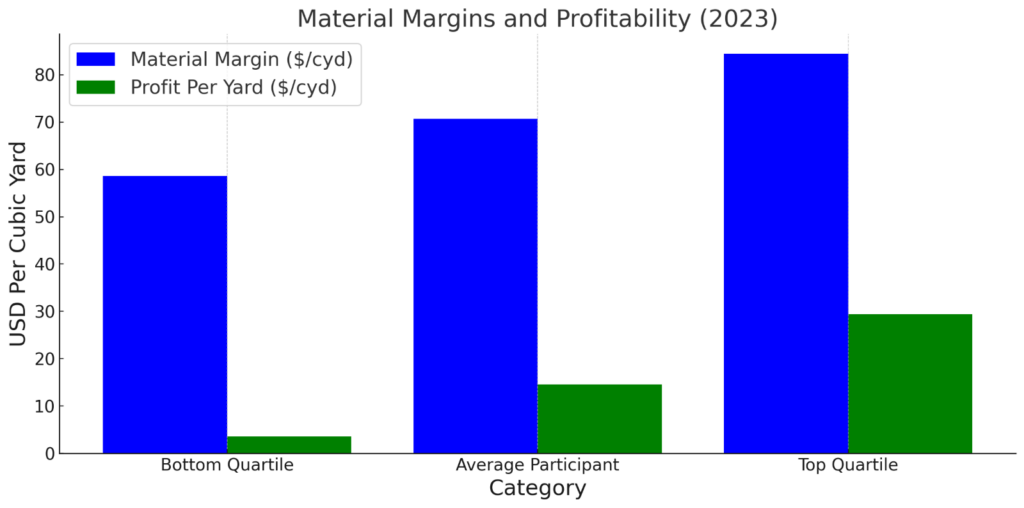
Sustainability and Competitive Advantage
Optimizing material costs contributes to sustainability by reducing waste and CO₂ emissions. This not only aligns with environmental goals but also enhances market competitiveness as more clients prioritize eco-friendly practices in their procurement decisions.
Leveraging Giatec SmartMix for Materials Cost Optimization
SmartMix Software is a revolutionary solution that employs artificial intelligence to optimize concrete mix designs. By analyzing material properties, performance requirements, and environmental conditions, SmartMix identifies the most cost-effective combinations without compromising quality.
Key Features of SmartMix
- AI-Driven Optimization SmartMix uses advanced algorithms to recommend alternative materials, such as supplementary cementitious materials (SCMs), that lower costs while meeting performance criteria.
- Real-Time Data Integration The software integrates real-time data from batch plants, allowing producers to adjust mix designs dynamically based on current material costs and availability.
- Predictive Analysis SmartMix predicts the performance of proposed mix designs, reducing the need for trial batches and saving time and resources.

For more information about SmartMix capabilities, you can read more here.
Case Study: Cost Savings with SmartMix
In a pilot implementation, Trio Ready-Mix decided to implement SmartMix to streamline concrete operations, increase profitability, and enhance decision-making. Within just 10 months of usage, Trio Ready-Mix has seen optimizations across 34% of their overall production. With an average of $3/cubic meter reduction across their optimized mixes, this equated to 40 cars a year in CO2 emissions that have been “taken off the road.” while also translating to massive savings, significantly enhancing their bottom line.
For more information, you can read the details of this case study here.

Insights from the NRMCA Report
The NRMCA’s 2023 Performance Benchmarking Survey underscores the importance of focusing on material margins. Companies that strategically optimized their mix designs and material sourcing achieved significantly higher profitability:
- Material Margin as a Revenue Percentage: Top quartile producers converted 49% of their revenue into material margin, compared to 39% for bottom quartile producers [State of the Industry 2…].
- Operating Efficiency: Efficient use of materials also contributed to lower operating costs per cubic yard, further boosting profitability.

Strategies for Implementing Material Cost Optimization
- Adopt Advanced Mix Design Software Giatec SmartMix is a proven tool for optimizing mix designs. Its ability to reduce dependency on costly materials like cement while maintaining structural integrity and durability makes it indispensable.
- Monitor and Benchmark Performance Regular participation in industry benchmarking surveys, such as those offered by NRMCA, provides valuable insights into material cost trends and peer performance. Check out some of NRMCA’s surveys, including their Performance Benchmarking Survey.
- Train Teams on Digital Tools Investing in training programs ensures that staff can leverage SmartMix and other digital tools effectively.
- Sustainability Initiatives Incorporating recycled or supplementary materials not only lowers costs but also positions the business as a leader in sustainable construction practices.

Conclusions:
The cost of materials plays a pivotal role in determining the profitability of concrete ready-mix businesses. The NRMCA report highlights the significant margin differences between average and top-performing companies, driven primarily by material cost optimization. Giatec SmartMix Software provides a robust solution to this challenge, enabling producers to achieve cost efficiency and improve their net profits.
By adopting advanced mix management solutions like SmartMix, ready-mix businesses can navigate the complexities of rising material costs while enhancing sustainability and competitiveness. In an industry where every dollar saved per cubic yard translates to substantial annual savings, leveraging technology is not just an option but a necessity for long-term success.
